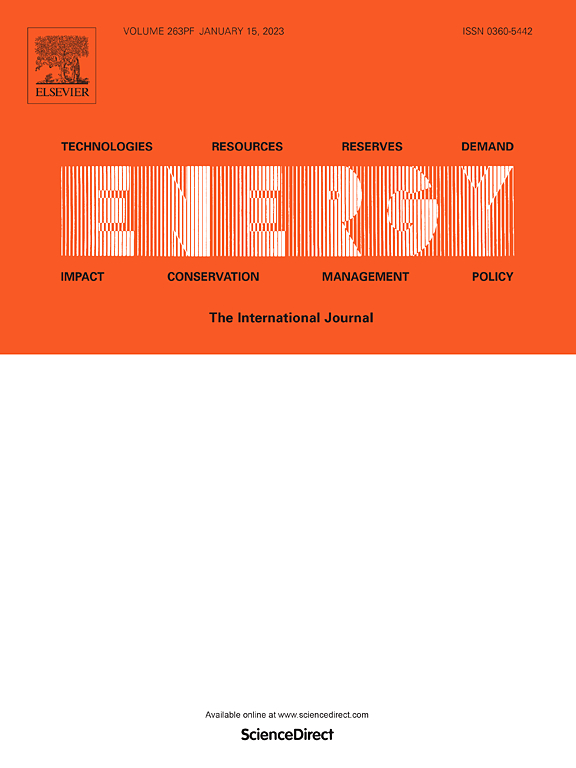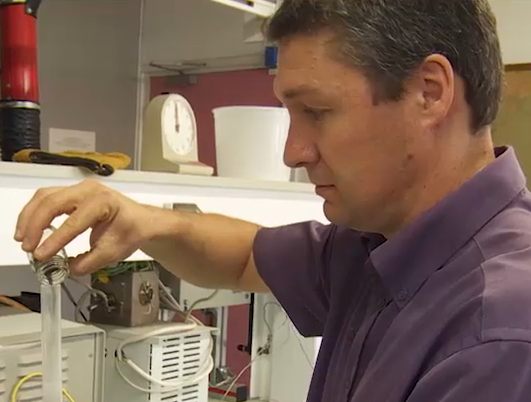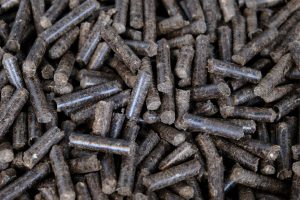To assess the potassium catalytic influence on the kinetic behavior of non-oxidative biomass torrefaction, two woody biomass samples (Amapaí and Eucalyptus), as well as Miscanthus samples impregnated with three different K2CO3 concentrations (0.003 M, 0.006 M, and 0.009 M) were comprehensively studied. The solid thermal degradation kinetics were analyzed through thermogravimetric analysis in usual torrefaction conditions (275 °C during 68min and 10 °C.min−1 heating rate) and an original Potassium Responsive Numerical Path (PRNP). Therefore, a two-step reaction model with unified activation energies was integrated within a numerical method that considers the torrefaction severity influence for each potassium-loading content in all three biomasses. The proposed PRNP enables an accurate solid yield prediction (R2 > 0.9995). A strong (R2 between 0.91 and 0.99) and a significant (p≤0.0463) linear correlation was highlighted between the potassium content in biomass, the increasing reaction rates, and pre-exponential factors. The solid and volatile product distribution depicted faster and marked degradation for solid pseudo-components and anticipated a higher volatile release. The catalytic torrefaction severity factor determination enabled correlating treatment severity and kinetic rates showing better correlations than K% for wood biomass. The accurate results are conducive to developing numerical models that are essential for assessing solid fuel upgrading under catalytic effect in torrefaction plants







